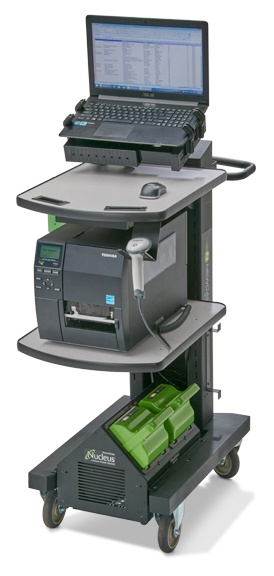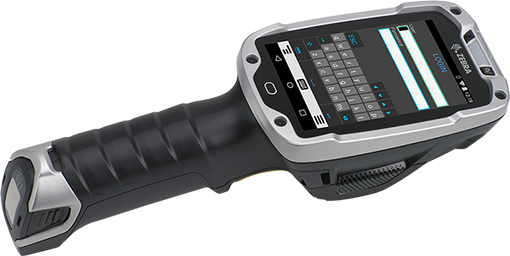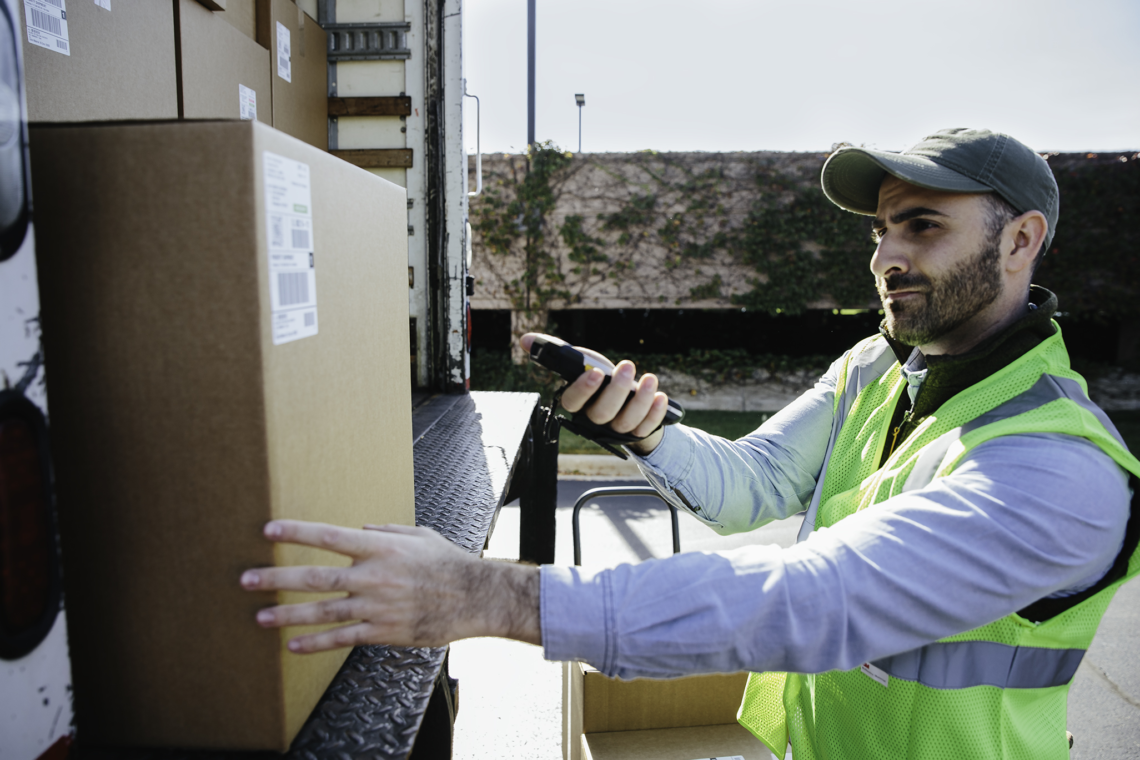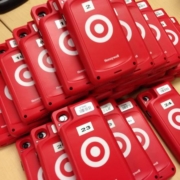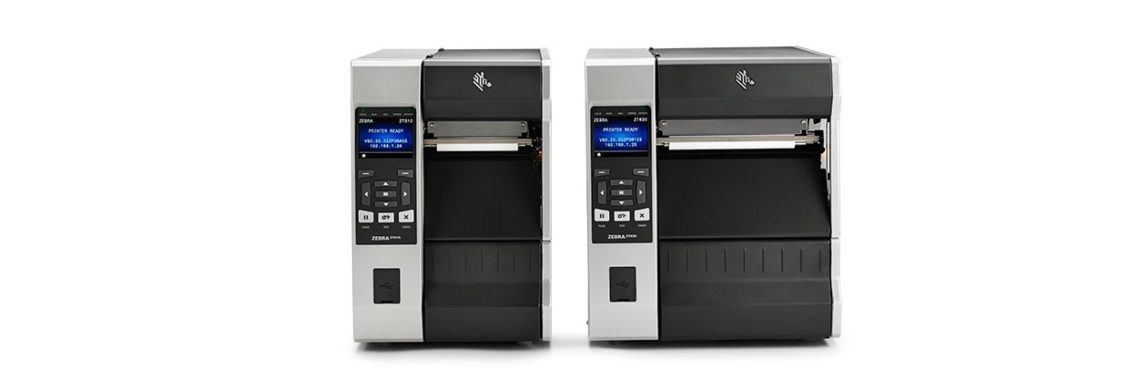The demand for maximum efficiency and accuracy in your warehouse forces businesses to look closely at every task. Excess motion, inventory, production, and downtime can reduce an already-squeezed profit margin. If you haven’t already examined your operation, it’s time to find and plug the profitability leaks in your warehouse.
Unnecessary motion presents a huge yet overlooked waste in the warehouse and affects Profitability
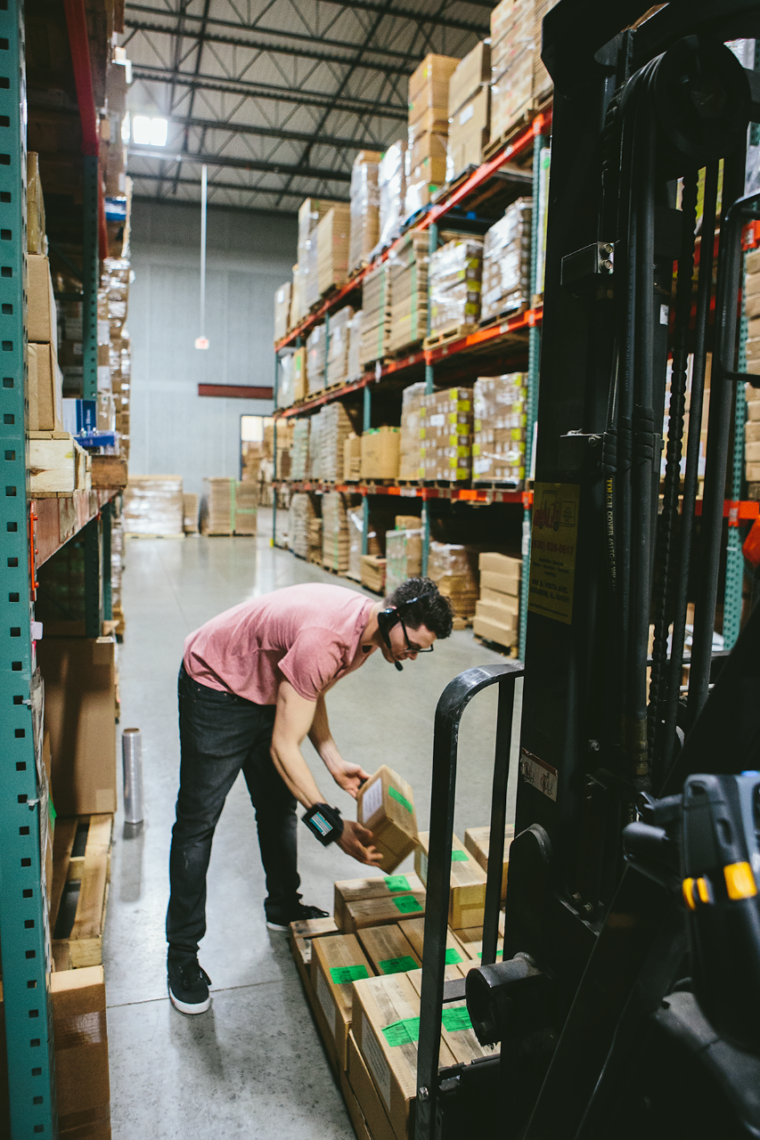
This space a vast area to cover. Requiring workers to wander back and forth to workstations—to fetch orders, check inventory location, and gather shipping labels—is time that could be better spent doing revenue-generating tasks. Keep them in the aisles, or wherever they need to be, by equipping the workforce with enterprise-grade mobile devices. A handheld computer or enterprise tablet with a built-in scanner and voice communication and a mobile printer gives them the ability to access orders, locate inventory, communicate with other workers as needed, and stay focused on their work—not distractions and delays. Use a mobile-powered workstation with a built-in battery to keep the devices ready to go.
Manual processes contribute to slow and error-ridden results.
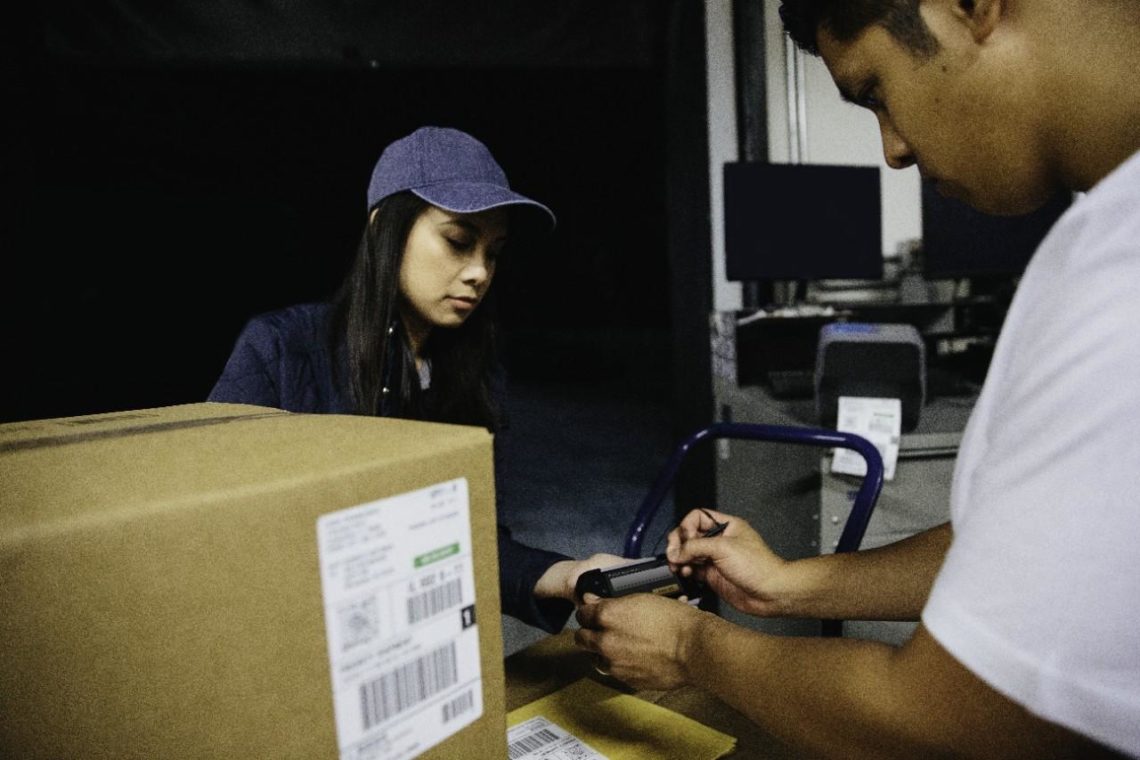
Shuffling paper forms and orders, searching for items (inventory, equipment, tools), and conducting cycle counts by hand present a gaping hole in your profitability. Every manual count, notation, and task allows an opportunity for errors and delays. The wrong item or quantity is picked. An order is misplaced. Inventory is miscounted. Products are misplaced. A barcode system shrinks the time-consuming tasks and eliminates human error. Your workforce spends more time with productive results than fixing mistakes.
Downtime is another preventable profitability leak.

With more visibility over the state of your equipment and workforce schedules, you can make changes to positively impact your bottom line. Downtime caused by equipment failures, which can be avoided through preventive maintenance. Downtime that results from waiting for someone or something (e.g., replenishment) is a glitch in the process. Improve communication with mobile devices, like a handheld computer that allows for multitasking, like voice and messaging. Work proactively and plug this profitability leak as well.
Excess inventory results from inaccurate information and projections.
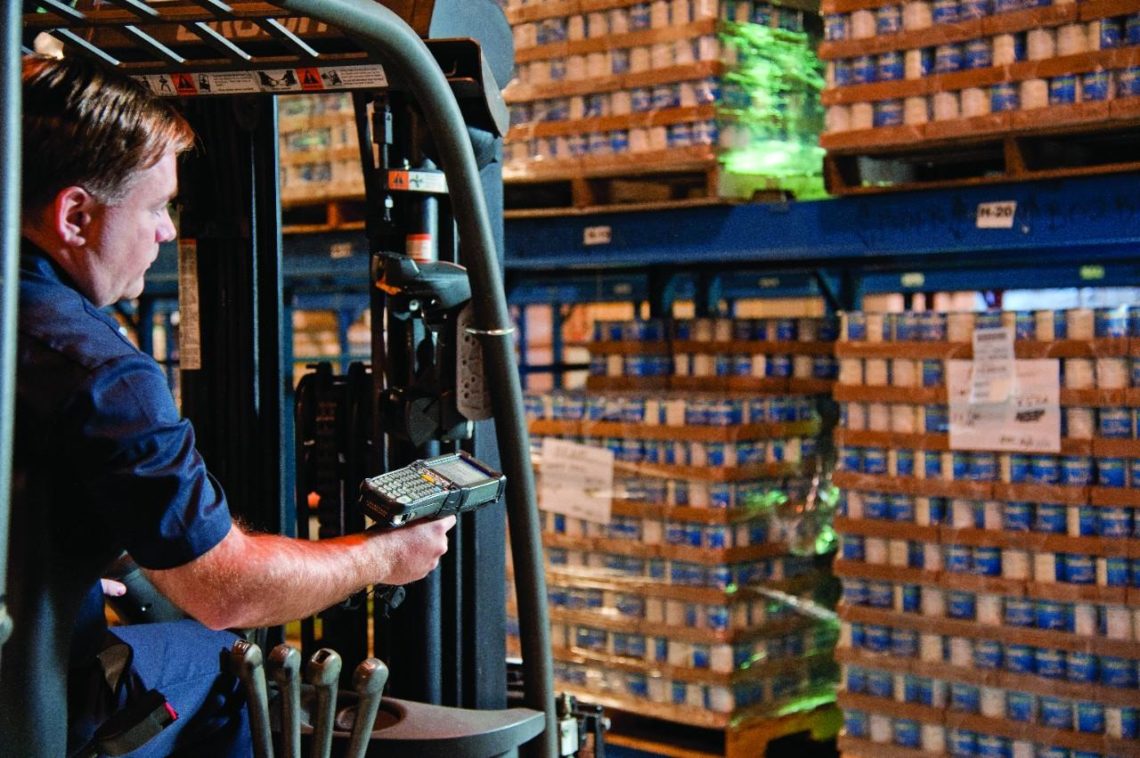
Your inventory numbers should be automatically updated as products are received, returned, and shipped. At any time, management would have clear visibility of inventory counts. Using automated data collection systems (barcode scanning, RFID) enables every transaction to be recorded in real-time.
Talk to Avalon Integration about your operational efficiency—or inefficiency. We specialize in warehouses and manufacturing, so we can guide you to the solutions that deliver the best results.
Contact us today to learn more.



